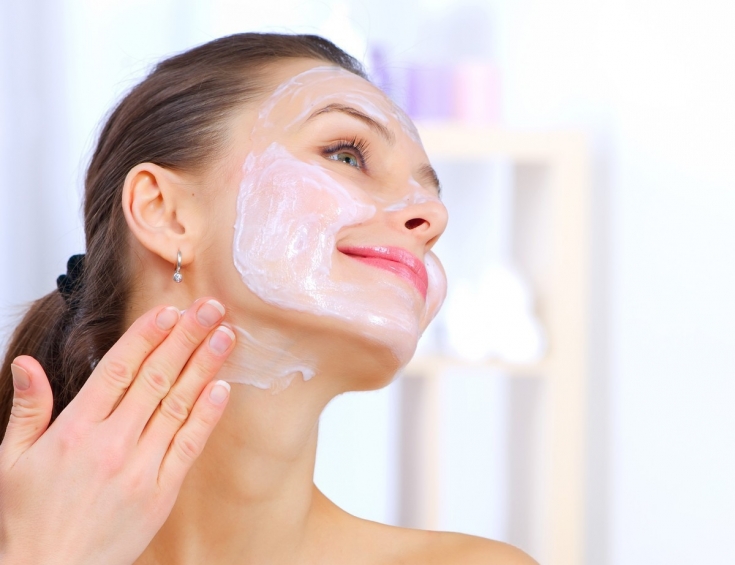Not so long ago, the phenomenon of rosacea was inextricably linked with aging skin and was explained by hormonal disorders or genetic predisposition, but now the views of cosmetologists on this problem have expanded somewhat. Today, rosacea is understood as a disease in which the condition of small vessels worsens and microcirculation is disturbed. estet-portal.com notes that today these troubles occur in people of different age groups and are often caused by the influence of external adverse factors. In this article we will tell you which cosmetic components are active against rosacea.
The causes of microcirculation disorders and the choice of means to combat rosacea
Microcirculation is understood as the movement of biological fluids through capillaries, lymphatic vessels, in the intercellular space. When the tone of the capillaries decreases, and the permeability of their walls increases, the microcirculation is disturbed. At the same time, vascular networks begin to appear, which at first look like persistent reddening of the skin, and later, without proper treatment, they appear as visible capillary asterisks on the face.
Among the factors that provoke the development of rosacea, the most common are the following:
• ultraviolet solar radiation;
• sudden changes in temperature;
• chronic stress;
• liver disease.
In order to effectively fight against rosacea, it is necessary to choose a cosmetic treatment that will strengthen the walls of blood vessels, regulate the pressure of fluids, and improve microcirculation.
Bioactive components help to cope with the tasks, which are conventionally divided into three groups:
• strengthen the walls of blood vessels, increase their elasticity, reduce permeability near the walls, restore microcirculation in tissues;
• eliminate skin inflammation, reduce skin irritation, even out its color and texture;
• moisturize and nourish the skin, improve the delivery of active ingredients deep into the dermis.
The conditionality of the division is explained by the fact that many substances used in cosmetics to combat rosacea can perform several tasks simultaneously.
Cosmetic active ingredients used against rosacea
When creating cosmetic products designed to combat rosacea, special attention is paid to ensuring that the active substances act on the skin effectively, but gently and gently.
|
Substance |
Action |
|
Plant extracts |
|
|
Tomato |
Normalizes blood flow through capillaries, improves skin tone. It contains a lot of vitamin K, which heals microtraumas of blood vessels, vitamins of group B, rutin, vitamin C. |
|
Arnica |
Heals wounds, reduces inflammation, stops bleeding, resolves external hemorrhages |
|
Water Pepper |
Prevents hemorrhages in case of damage to capillaries, reduces their permeability. The composition contains flavonoids, rutin, quercetin, ascorbic acid. |
|
Aloe |
Has a tonic effect on blood vessels due to the content of glycosides, vitamins, enzymes |
|
Vitamins |
|
|
Vitamin B3 |
Supports active blood flow, dilates capillaries, reduces the resistance of their walls to blood flow |
|
Vitamin P (rutin) |
prevents fragility of the walls of thin vessels and reduces their permeability, protects blood vessels from hemorrhages |
|
Vitamin C |
Regulates blood clotting, capillary wall condition, collagen synthesis to increase vascular elasticity and strengthen them |
|
Vitamin E (tocopherol) |
A strong antioxidant that prevents the destruction of vascular wall tissues |
|
Substances to reduce skin inflammation |
|
|
Allantoin |
Heals microcracks, softens the skin and enhances its regenerative capabilities |
|
Bisabolol |
Reduces pain, inflammation, prevents redness |
|
Palmitol Tripeptide-8 |
Soothes inflammation and softens the skin, regulates sensitivity |
|
Hyaluronic acid |
Enhances skin regeneration, has anti-inflammatory properties, promotes moisture retention |
Among the ingredients of anti-couperose cosmetics, there are definitely those substances that improve the availability of active ingredients. So, for example, squalane improves the penetration of vitamins A and E.
See also: Snow-white face: methods for removing capillaries on the face








Add a comment